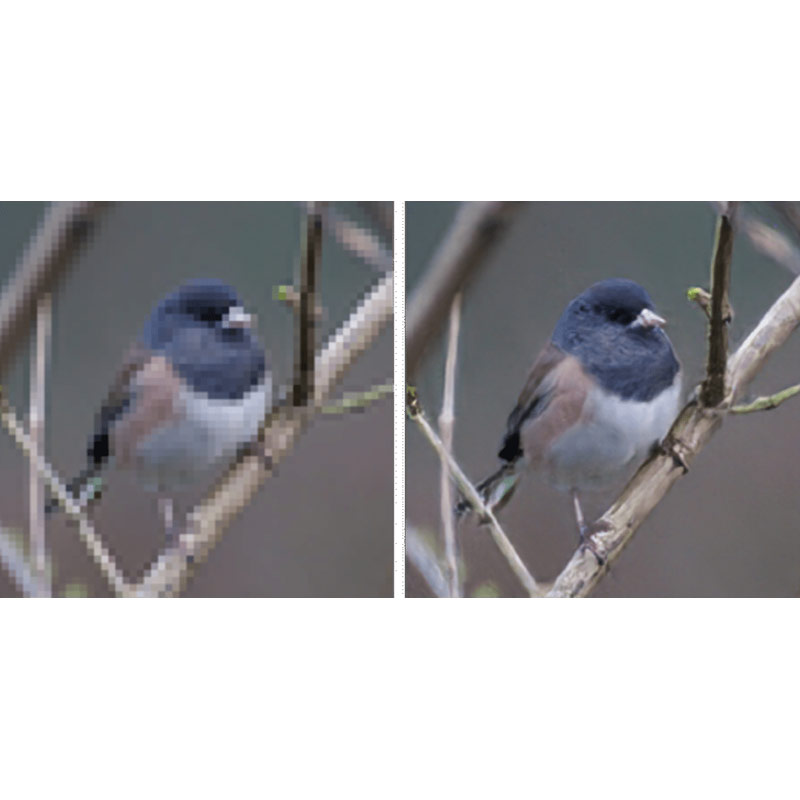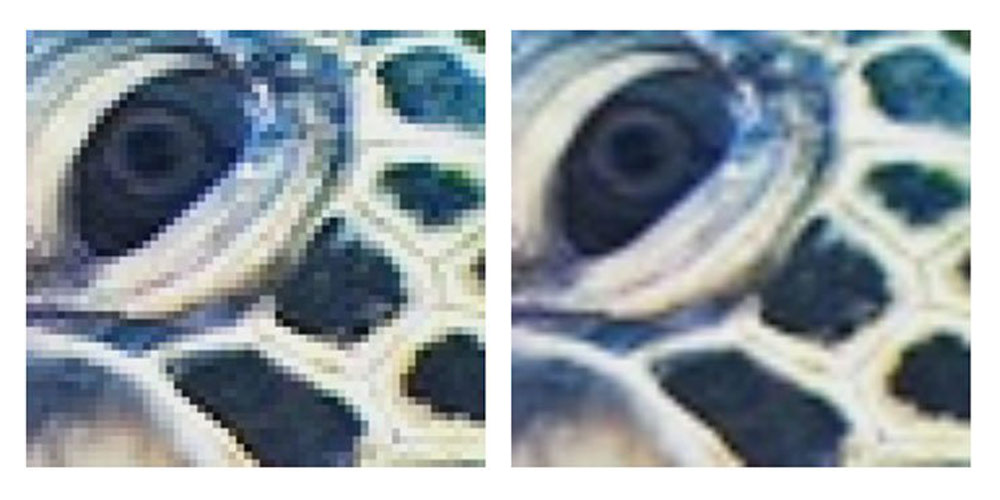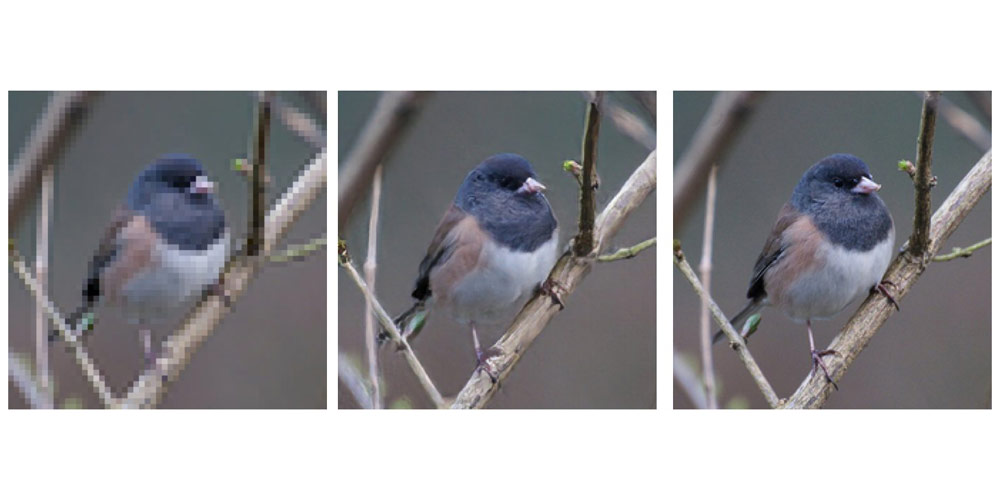
With mobile devices in more hands, practically everyone is capable in taking pictures. But taking pictures isn't without its own caveat: results can be grainy, pixelated and blurry.
Why? Too many reasons to follow. From low-resolution camera, lighting, movement, the software processing the image, and so forth.
People may take the photo and edit it using photo editing software such as Adobe Photoshop.
But the thing is, low-resolution photos are difficult to deal with in the first place, and no matter how long it takes to enhance those pictures, it's almost impossible to create a much better results.
Researchers have discovered how AI can create high-resolution images from low-resolution photos.
Developed by the Max Planck Institute for Intelligent Systems in Tübingen, Germany, researchers propose a new approach to traditional single-image super-resolution (SISR) technology on the market.
Typical SISR software is usually the last resort when editing software like Photoshop fails. SISR uses pixel-perfect reconstruction by adding extra pixels, and averaging them with surrounding pixels on blown-up images.
While the algorithms can exploit the defects and patch them with new pixels, the internal dictionary obtained from the image may not always be sufficiently expressive to cover the textural appearance variations in the scene.
Unfortunately, for SISR, the results are usually blurry images that lack sharpness.
SISR is considered a widely studied technology, but it still produces limited results.

The researchers came up with EnhanceNet-PAT, which is an SISR alternative driven by AI.
By using machine learning, the software aims for synthesize texture rather than perfecting it. EnhanceNet-PAT imagines a high-resolution image and adds pixels to the low-resolution image accordingly. The algorithm learns by filling the extra pixels from experience.
EnhanceNet-PAT was developed by Mehdi S.M. Sajjadi together with Dr. Michael Hirsch and Prof. Dr. Bernhard Schölkopf.
The image below shows a low-resolution image (left) and a high-definition version (middle). The upsampled version (right) is the AI's attempt to recreate high-resolution image from the low-resolution one.

Scientist Mehdi M.S. Sajjadi from the Max Planck Institute for Intelligent Systems, said that:
The result isn't yet a true match to the original high-resolution image because the AI has adapted its own reality. For most viewers, there is hardly any difference to the original picture. And the bird photo is sharp enough for the photo album.
The learning process of the software is almost the same as that of a human being. It needs practice and practice. With practice, the AI is perfecting its job. So the more experience it has, the sharper the photo should be.
Once the software is trained, it no longer needs to be fed original photos.
